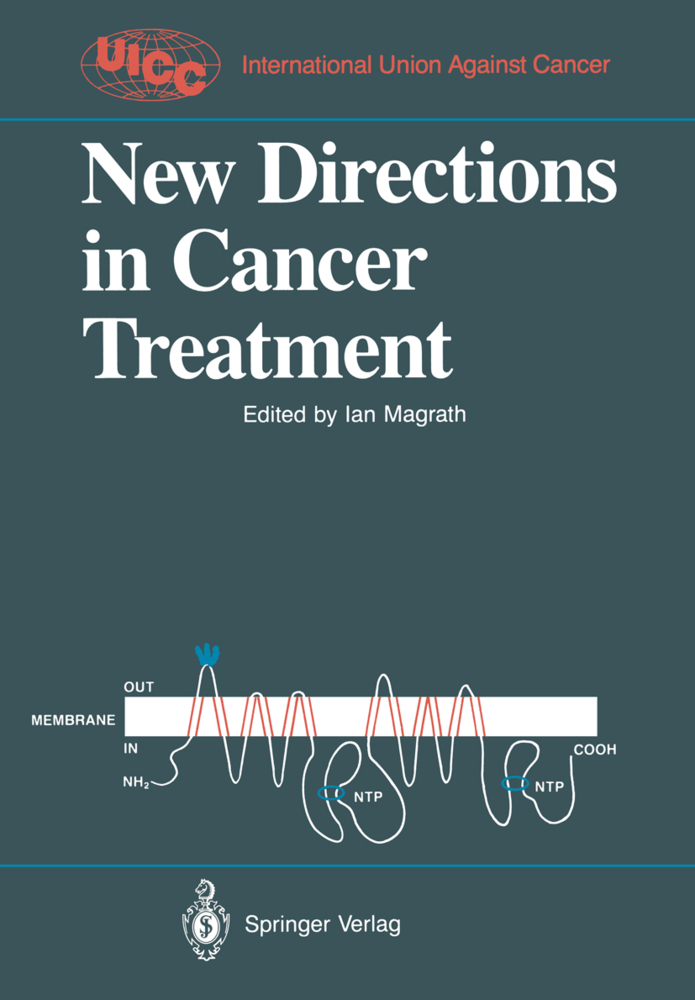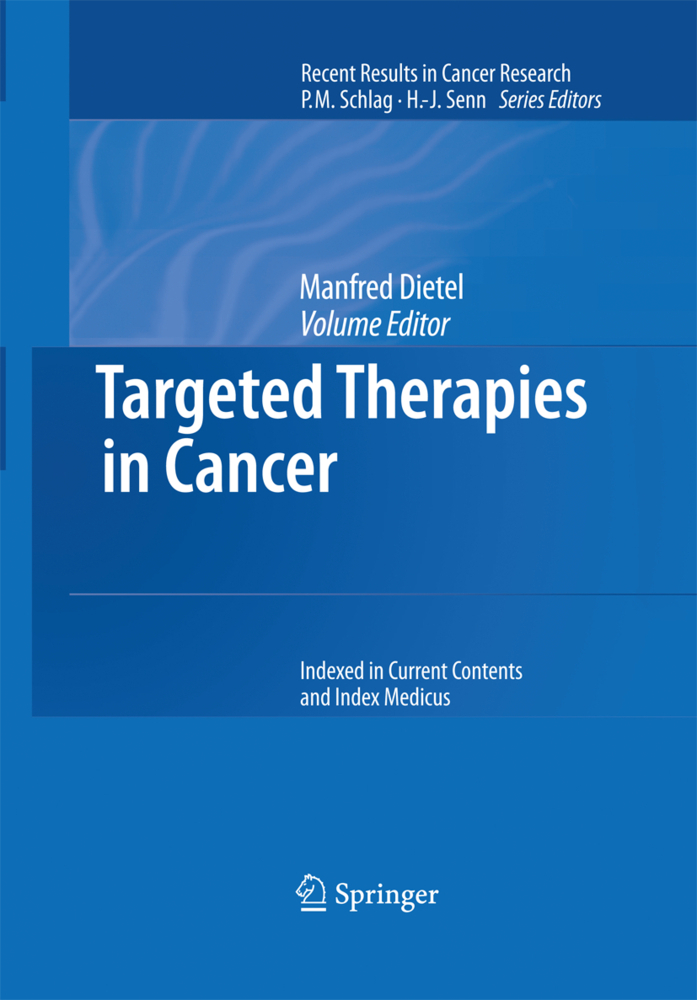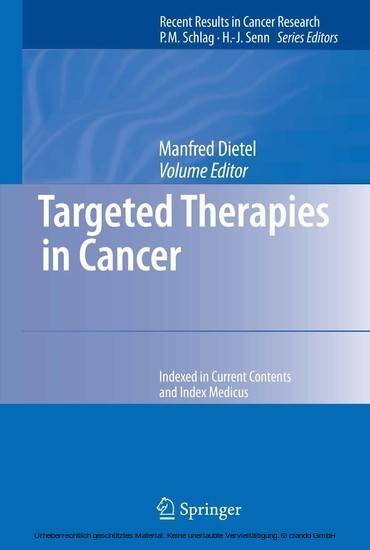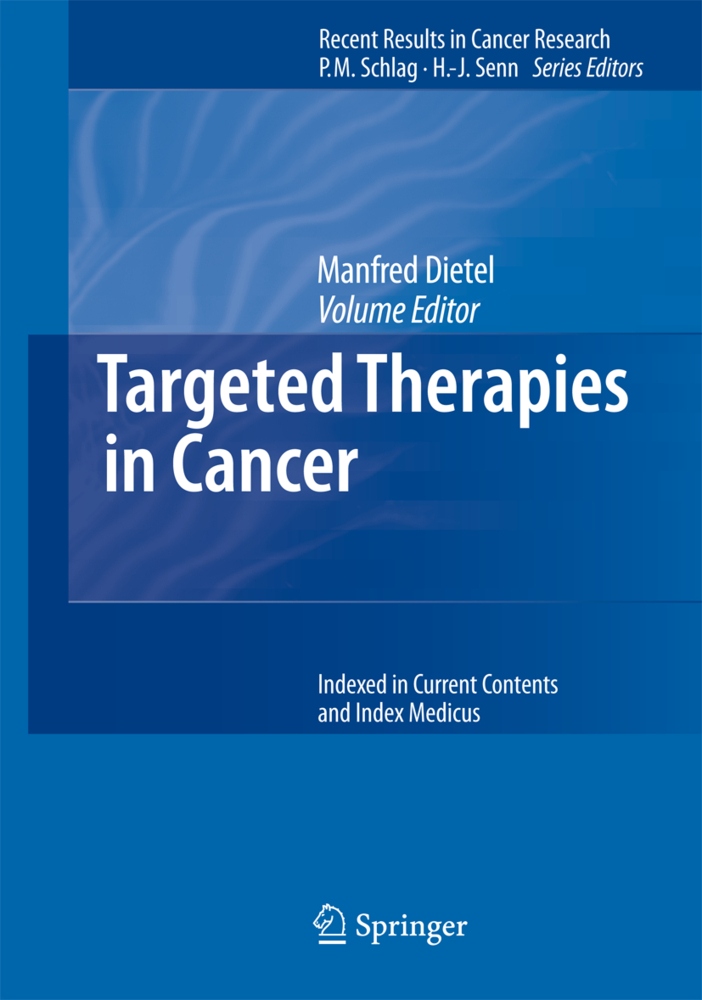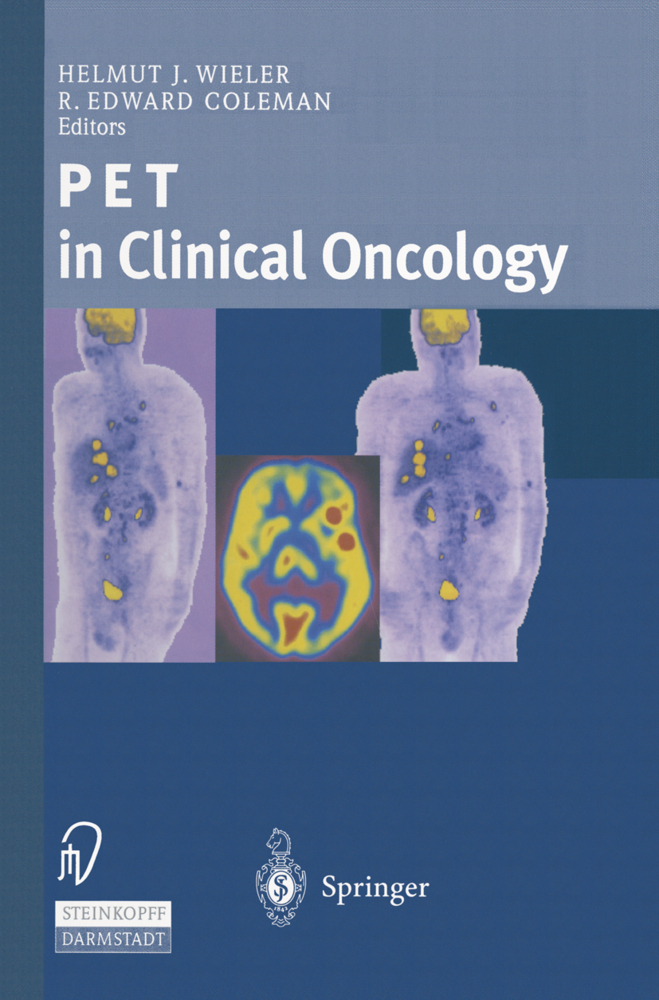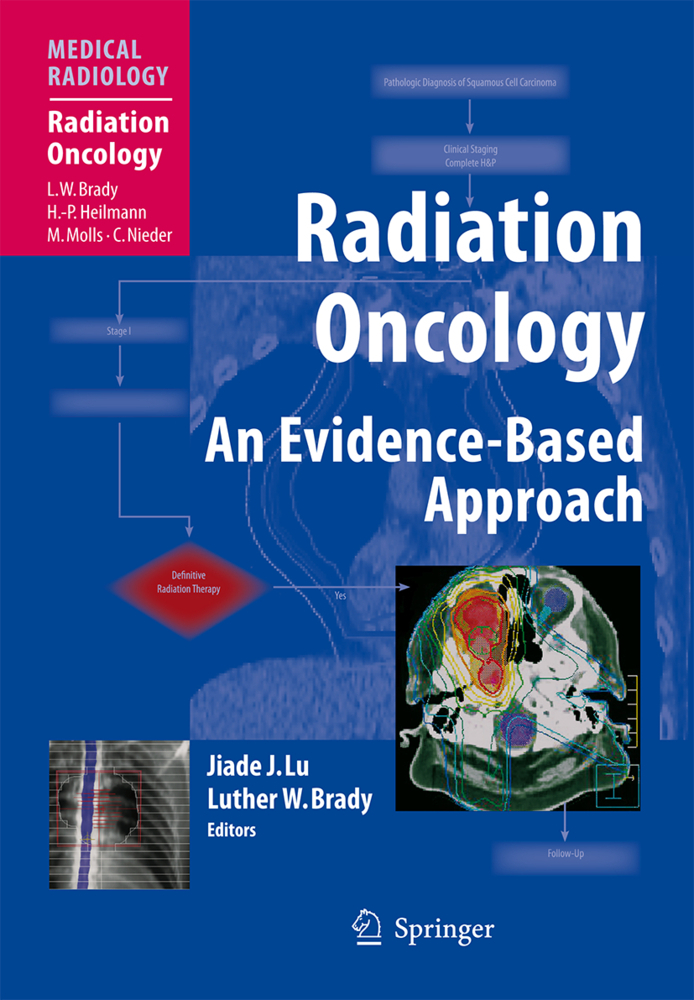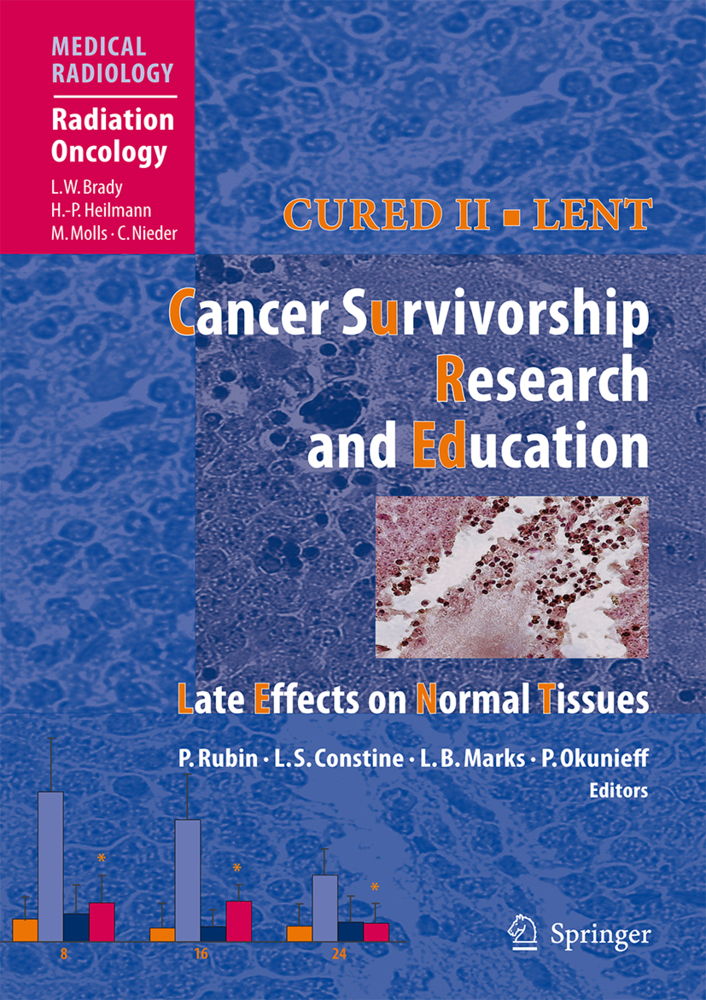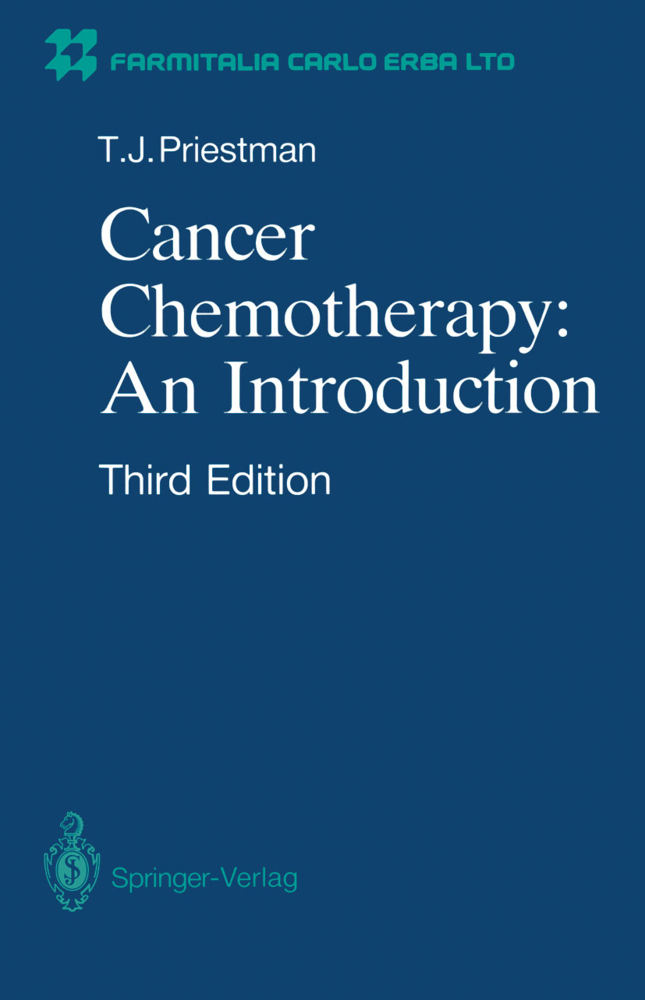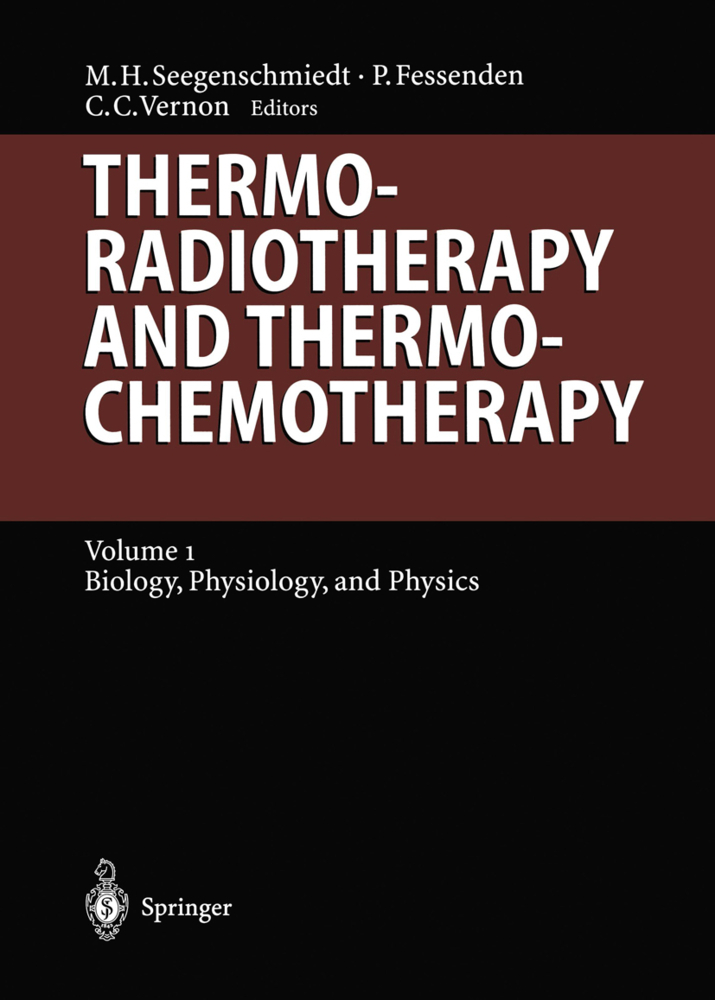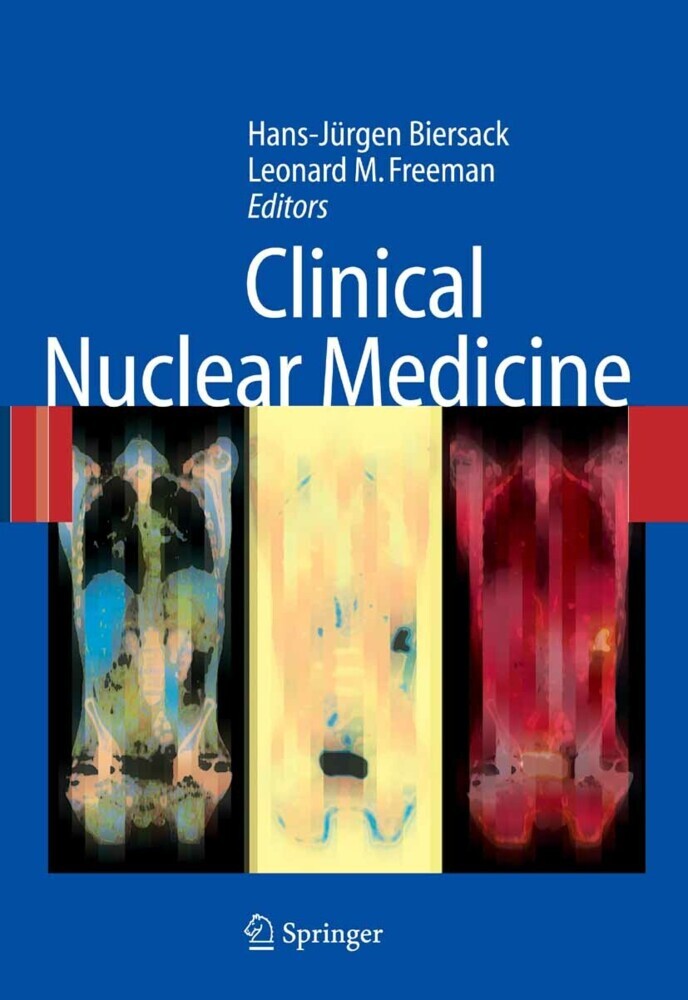New Directions in Cancer Treatment
New Directions in Cancer Treatment
During the last few decades, there has been a tremendous improvement in the treatment of cancer. There is evidence that this trend is continuing, based on the achievements re sulting from the combined efforts of clinicians and basic re search workers. This book is an example of such interaction and collaboration. It was prepared by authors representing both areas of work. Most of the work reported in this book is not merely theoretical, but has been experimentally successfully tested and sometimes applied clinically. This work has, however, not yet been generalized and practiced on a wide scale. Some of the results reported here relate to new aspects and open new horizons for future progress. This book will be of great value for both clinicians and basic research workers. VICC Treatment and Rehabilitation Programme ISMAIL ELSEBAI Chairman Preface The three main approaches to the treatment of cancer are surgery, radiotherapy, and chemotherapy. Today, all malignant neoplasms are managed by one or more of these modalities, with varying success rates depending on the type of tumor, its degree of spread, and the knowl edge and skill with which the treatment plan has been designed and executed. In the United States of America and in Europe, approximate ly half of all cancer is presently curable, but this has been the case for approximately 20 years.
2. New Approaches in Radiation Therapy
3. Radiotherapy Treatment Planning: Past, Present, and Future
4. Hyperthermia as Cancer Therapy: Current Status and Future Prospects
5. Photodynamic Therapy
Chemotherapy
6. Very High Dose Therapy in Lymphomas and Solid Tumors
7. Allogeneic Marrow Transplantation for Malignancy-Current Problems and Prospects for Improvement
8. Regional Therapies
9. Drug Resistance in Cancer
10. Multidrug Resistance in Tissue Culture and Human Tissues
11. Development of New Chemotherapeutic Agents
12. New Drug Trials
13. Drug Delivery to Brain Tumors
Biological Approaches to Therapy
14. The Evaluation of Biological Response Modifiers for Cancer Therapy
15. Biologic Response Modifiers in Cancer Therapy
16. The Potential Value of Radiolabelled Monoclonal Antibodies in Cancer Therapy
17. Monoclonal Antibody Conjugates with Cytotoxic Agents for Cancer Therapy
18. Bone Marrow Purging
19. Future Prospects for the Treatment of Hormone-Responsive Tumors
Potential Approaches
20. Tumor Invasion and Metastases: Biochemical Mechanisms
21. Prospects for the Development of Antineoplastic Therapy Based on Molecular Pathology
22. Differentiation of Malignant Cells as a Strategy for Cancer Treatment
Therapeutic Trends in Specific Neoplasms
23. Malignant Brain Tumors
24. Head and Neck Cancer
25. Lung Cancer
26. Breast Cancer
27. Renal Cell Carcinoma
28. Carcinoma of the Pancreas
29. Hepatocellular Carcinoma
30. Esophageal Carcinoma
31. Gastric Cancer
32. Colon Cancer
33. Bladder Cancer
34. Prostate Cancer
35. Advanced Germ Cell Tumors
36. Ovarian Cancer
37. Trophoblastic Neoplasia
38. Malignant AdrenalTumors
39. Neuroendocrine Tumors
40. Soft Tissue Sarcomas in Adults
41. Melanoma
42. Basal Cell Carcinoma
43. Acute Lymphoblastic Leukemia
44. Acute Nonlymphoblastic Leukemia
45. The Chronic Leukemias
46. Hodgkin's Disease
47. Plasma Cell Myeloma
48. Follicular Non-Hodgkin's Lymphomas
49. Diffuse Aggressive Lymphomas in Adults
50. Childhood Non-Hodgkin's Lymphomas
51. Osteosarcoma
52. Ewing's Sarcoma
53. Soft Tissue Sarcomas in Childhood
54. Wilms' Tumor
55. Neuroblastoma
56. Retinoblastoma.
1. New Directions in Cancer Treatment: An Overview
Physical Approaches to Therapy2. New Approaches in Radiation Therapy
3. Radiotherapy Treatment Planning: Past, Present, and Future
4. Hyperthermia as Cancer Therapy: Current Status and Future Prospects
5. Photodynamic Therapy
Chemotherapy
6. Very High Dose Therapy in Lymphomas and Solid Tumors
7. Allogeneic Marrow Transplantation for Malignancy-Current Problems and Prospects for Improvement
8. Regional Therapies
9. Drug Resistance in Cancer
10. Multidrug Resistance in Tissue Culture and Human Tissues
11. Development of New Chemotherapeutic Agents
12. New Drug Trials
13. Drug Delivery to Brain Tumors
Biological Approaches to Therapy
14. The Evaluation of Biological Response Modifiers for Cancer Therapy
15. Biologic Response Modifiers in Cancer Therapy
16. The Potential Value of Radiolabelled Monoclonal Antibodies in Cancer Therapy
17. Monoclonal Antibody Conjugates with Cytotoxic Agents for Cancer Therapy
18. Bone Marrow Purging
19. Future Prospects for the Treatment of Hormone-Responsive Tumors
Potential Approaches
20. Tumor Invasion and Metastases: Biochemical Mechanisms
21. Prospects for the Development of Antineoplastic Therapy Based on Molecular Pathology
22. Differentiation of Malignant Cells as a Strategy for Cancer Treatment
Therapeutic Trends in Specific Neoplasms
23. Malignant Brain Tumors
24. Head and Neck Cancer
25. Lung Cancer
26. Breast Cancer
27. Renal Cell Carcinoma
28. Carcinoma of the Pancreas
29. Hepatocellular Carcinoma
30. Esophageal Carcinoma
31. Gastric Cancer
32. Colon Cancer
33. Bladder Cancer
34. Prostate Cancer
35. Advanced Germ Cell Tumors
36. Ovarian Cancer
37. Trophoblastic Neoplasia
38. Malignant AdrenalTumors
39. Neuroendocrine Tumors
40. Soft Tissue Sarcomas in Adults
41. Melanoma
42. Basal Cell Carcinoma
43. Acute Lymphoblastic Leukemia
44. Acute Nonlymphoblastic Leukemia
45. The Chronic Leukemias
46. Hodgkin's Disease
47. Plasma Cell Myeloma
48. Follicular Non-Hodgkin's Lymphomas
49. Diffuse Aggressive Lymphomas in Adults
50. Childhood Non-Hodgkin's Lymphomas
51. Osteosarcoma
52. Ewing's Sarcoma
53. Soft Tissue Sarcomas in Childhood
54. Wilms' Tumor
55. Neuroblastoma
56. Retinoblastoma.
| ISBN | 978-3-540-19063-9 |
|---|---|
| Artikelnummer | 9783540190639 |
| Medientyp | Buch |
| Copyrightjahr | 1989 |
| Verlag | Springer, Berlin |
| Umfang | XVIII, 631 Seiten |
| Abbildungen | XVIII, 631 p. 26 illus. |
| Sprache | Englisch |

